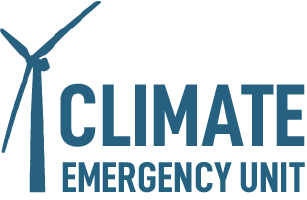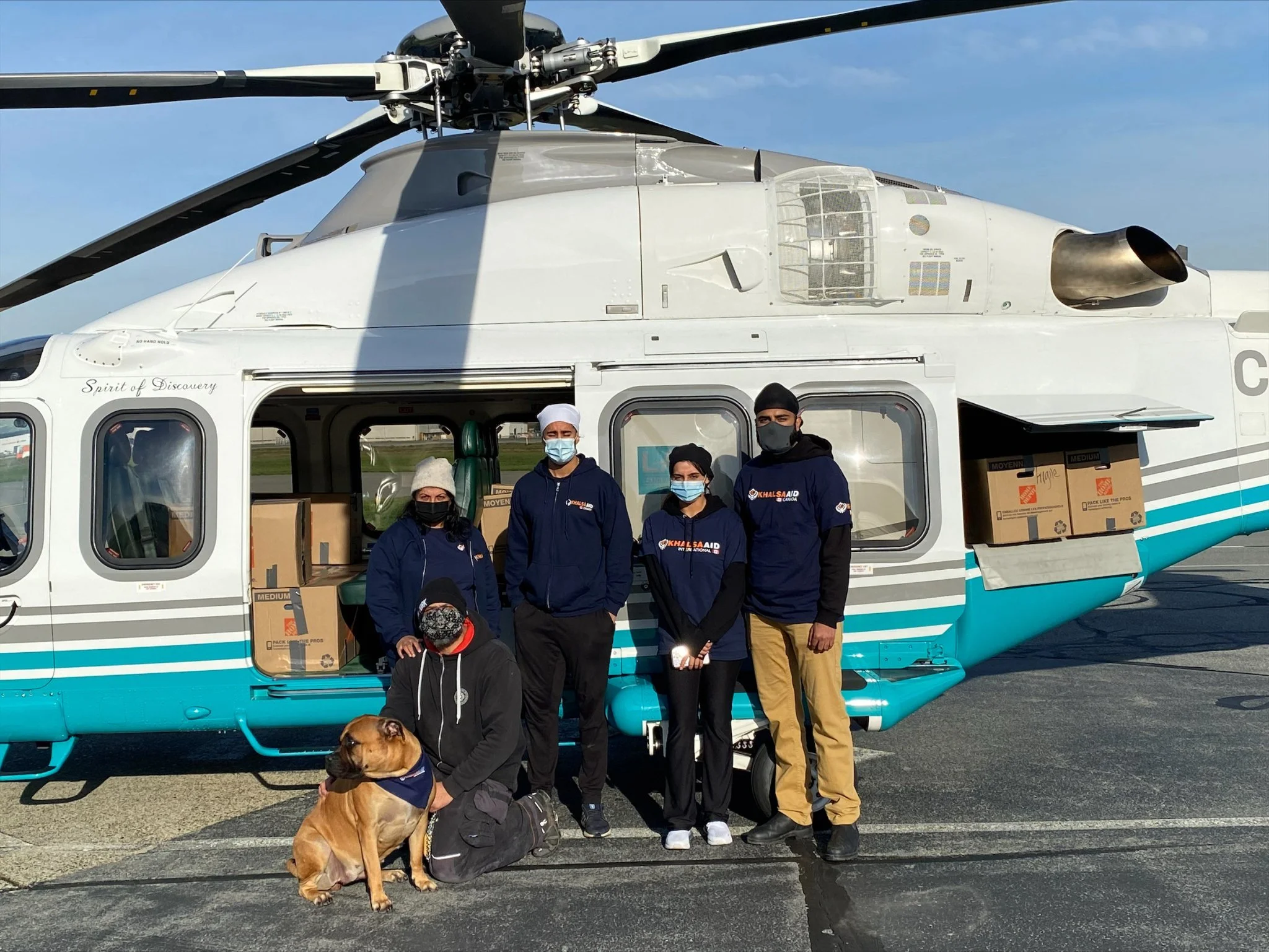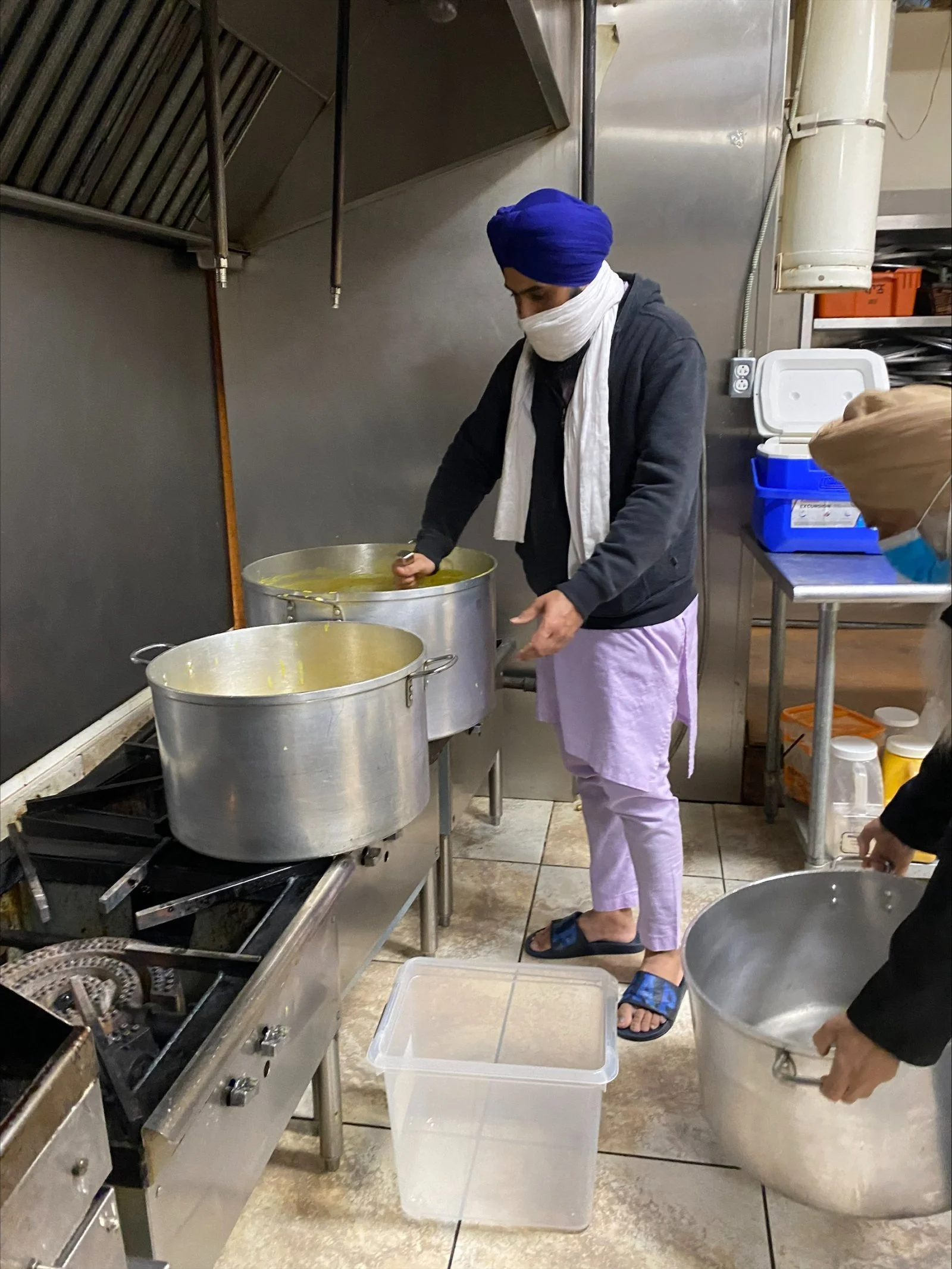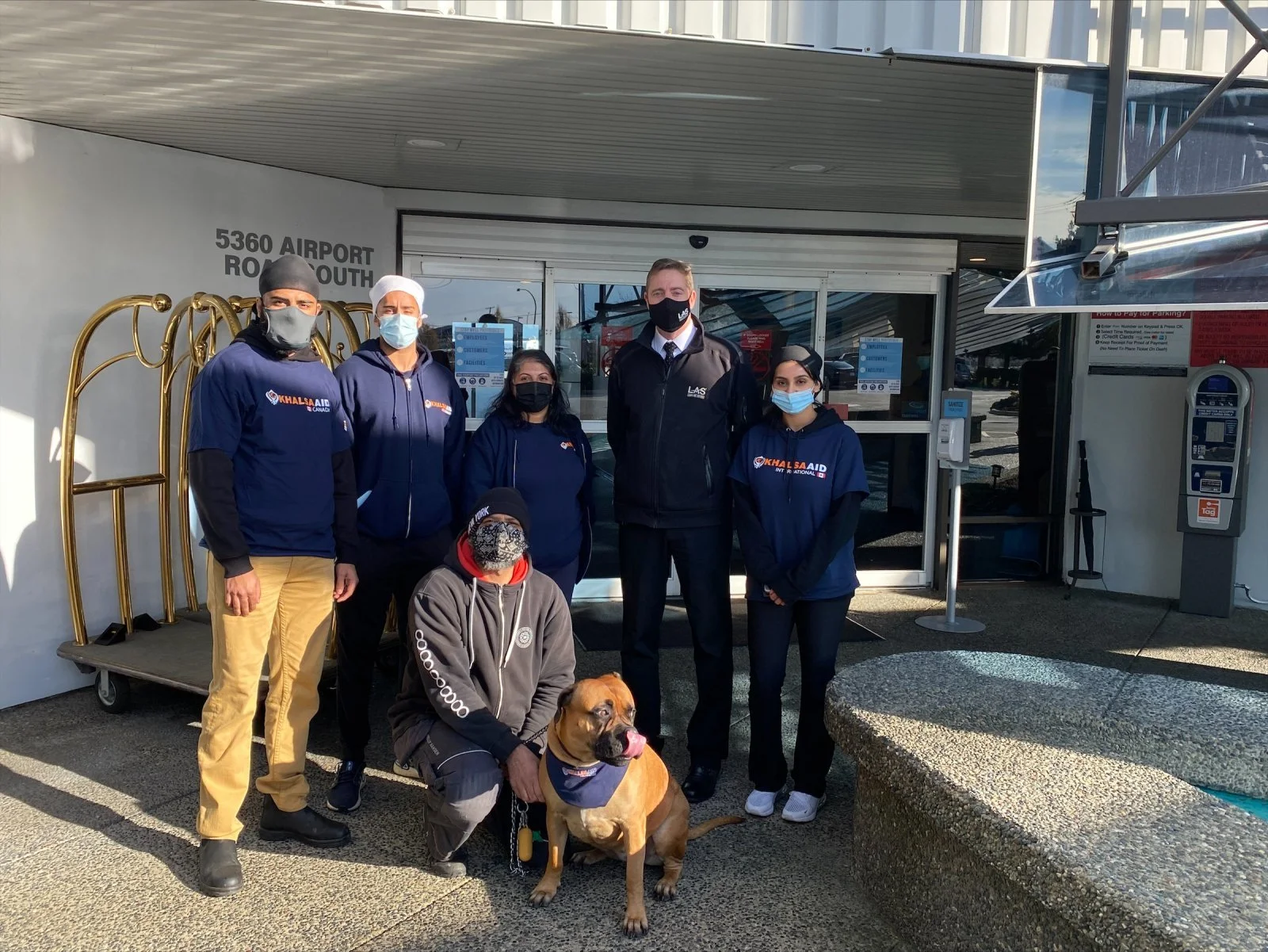Sikh practice sets a path for community-led climate action
The story of Khalsa Aid’s mutual aid effort reflects the best parts of the human spirit — the ability to rise above our individual reality and act in service of our community. Photo courtesy of Khalsa Aid
This article was originally posted in Canada’s National Observer.
It’s the season of giving, of family and connection and generosity. It’s also the aftermath of yet another lukewarm UN climate COP and another year of inadequate climate policy — and it’s a strange mix of these themes that I’m reflecting on as I consider what climate action must look like in the year to come.
Like many other climate activists, I grapple with the omnipresent tension between disillusionment and hope. Though I’ve long criticized the popular (fossil fuel-approved) bias towards climate solutions rooted in individual responsibility, I’ve also shared the frustration of pushing for systemic changes to no avail.
And yet, I am drawn to community service through direct aid as a way to feel like I am tangibly contributing. My recent encounter with Baljit Lalli, a dedicated community volunteer who practises the Sikh concept of seva, offers inspiring insight on direct aid and climate action for the road ahead.
Just over a year ago, an atmospheric river tore through southwestern B.C. and Washington state delivering record-setting rainfall, landslides and flooding, drowning hundreds of thousands of farm animals and claiming at least five lives. In the midst of the cascading destruction of that event, an extraordinary story of community service unfolded.
The torrential rains caused twin landslides near Hope, B.C., leaving almost 300 people trapped on a stretch of highway. Some cars were crushed and families stranded for more than three days in their vehicles. Within the first 24 hours, however, they received a helicopter load of supplies, including hot meals, tea and snacks. The remarkable part? There was no government involvement in this act of rapid response. It was Baljit and Khalsa Aid volunteers who organized the effort.
I asked Baljit about her experience of organizing an entirely citizen-run relief effort in a time of crisis. She told me a story of creativity and resourcefulness that raises important questions about our role — as non-government actors — in the age of climate disasters.
The healing effect of service to others is woven into many cultural and faith traditions, and it’s embedded in the mythology of this time of year when we are invited to embrace the spirit of giving. Photo courtesy of Khalsa Aid
Baljit heard about the stranded travellers from a Facebook post and was immediately moved to action. She called contacts at the RCMP and in the local gurudwara (the Sikh faith institution), reached out to a helicopter company, and mobilized a team of volunteers. Within a day, she found ways to co-ordinate with community members to determine needs and then figured out permits, clearances and weight limits for airlifting supplies into the landslide area. Volunteers at the Khalsa Darbar Society in Vancouver sprang into action and prepared 350 hot meals, while others shopped for supplies and picked up donations. London Air, the helicopter company, donated the flight. Within 24 hours of the travellers’ ordeal, the Khalsa Aid effort had provided critical relief.
I asked Baljit if she had co-ordinated or communicated with any level of government before or during the ordeal. She said that Khalsa Aid’s approach is to be respectful of government mandates, but not to wait for instructions to act. “Where there’s a will, there’s a way,” Baljit told me. “That’s how I like to operate.”
This type of intervention — immediate material support to those who need it — is known as mutual aid, a practice that involves a community mobilizing around its own needs. The story of Khalsa Aid’s mutual aid effort reflects the best parts of the human spirit — the ability to rise above our individual reality and act in service of our community. The concept of selfless service, or seva, as it’s called within the Sikh faith, is central to Baljit’s work. She described to me how during a dark period of her life, she poured herself into seva, and the act of giving of herself to her community was a restorative balm. “Seva saved my life,” she said.
The mutual aid work of community members and Khalsa Aid during last year’s floods reminds us that in a global pandemic and a warming world, it’s up to all of us to help our communities survive and thrive. Photo courtesy of Khalsa Aid
The healing effect of service to others is woven into many cultural and faith traditions, and it’s embedded in the mythology of this time of year when we are invited to embrace the spirit of giving. The mutual aid work of community members and Khalsa Aid during the floods reminds us that — in the absence of rapid government action in the wake of that disaster — in a global pandemic and a warming world, it’s up to all of us to help our communities survive and thrive.
As a climate activist, I have explored many ways to push for the changes we need, from protests to blockades to an endless stream of petitions and form letters, all urging political decision-makers to act at the speed and scale worthy of an emergency. When hopes are dashed by disappointingly small offerings from all levels of government, these strategies have often felt disempowering.
But what happens when the upstream forces that cause and exacerbate societal problems like climate change and deepening inequality go unchecked? What if our political leadership doesn’t turn off the taps of oil and gas, or restrict the reckless flow of capital to corporate coffers? Folks like Baljit and all the community members who stepped up to provide mutual aid last year will be faced with an impossible task: Continuously pulling out all the stops to help our communities while the disasters pick up in frequency and severity, with no end in sight.
Public conversations on an appropriate response to the climate crisis have revolved around buzzworthy issues like carbon taxes, electric vehicles and renewable energy — all important pieces of the puzzle. However, the real solution to the crisis is a strong public sphere. We need robust public institutions that buffer us from the vagaries of the market and government that invests in the public good.
Instead, people like Pierre Poilievre are gaining rapid support for actions that actively undermine the public sphere, such as cutting public spending and attacking federal institutions. This critical decade sees us locked in battle on multiple fronts — from the climate crisis to the rise of the far right in Canada — and our ability to think collectively and act collectively is imperative.
This is where the essence of mutual aid, of seva, comes in. A powerful motivator, seva plays a key role in climate response. It saved Baljit’s life, after all, and came to the rescue of many others in urgent need. Putting ourselves in direct service of our community feels good and brings out the best in us. Now we must extend that feeling and embrace political action to protect the public sphere and build the healthier world we deserve.
In the age of climate breakdown, we all — citizens and government alike — need to be in emergency mode.
Climate impacts from 2021 alone cost B.C. as much as $17 billion (according to a recent report from the Canadian Centre for Policy Alternatives). At our current pace, the storms will keep coming, the waters will keep rising, and the fires will consume more of our communities. The spirit of seva invites us to stretch and grow to meet this new reality, with boots on the ground and voices united in calling for the transformative political change we need.



